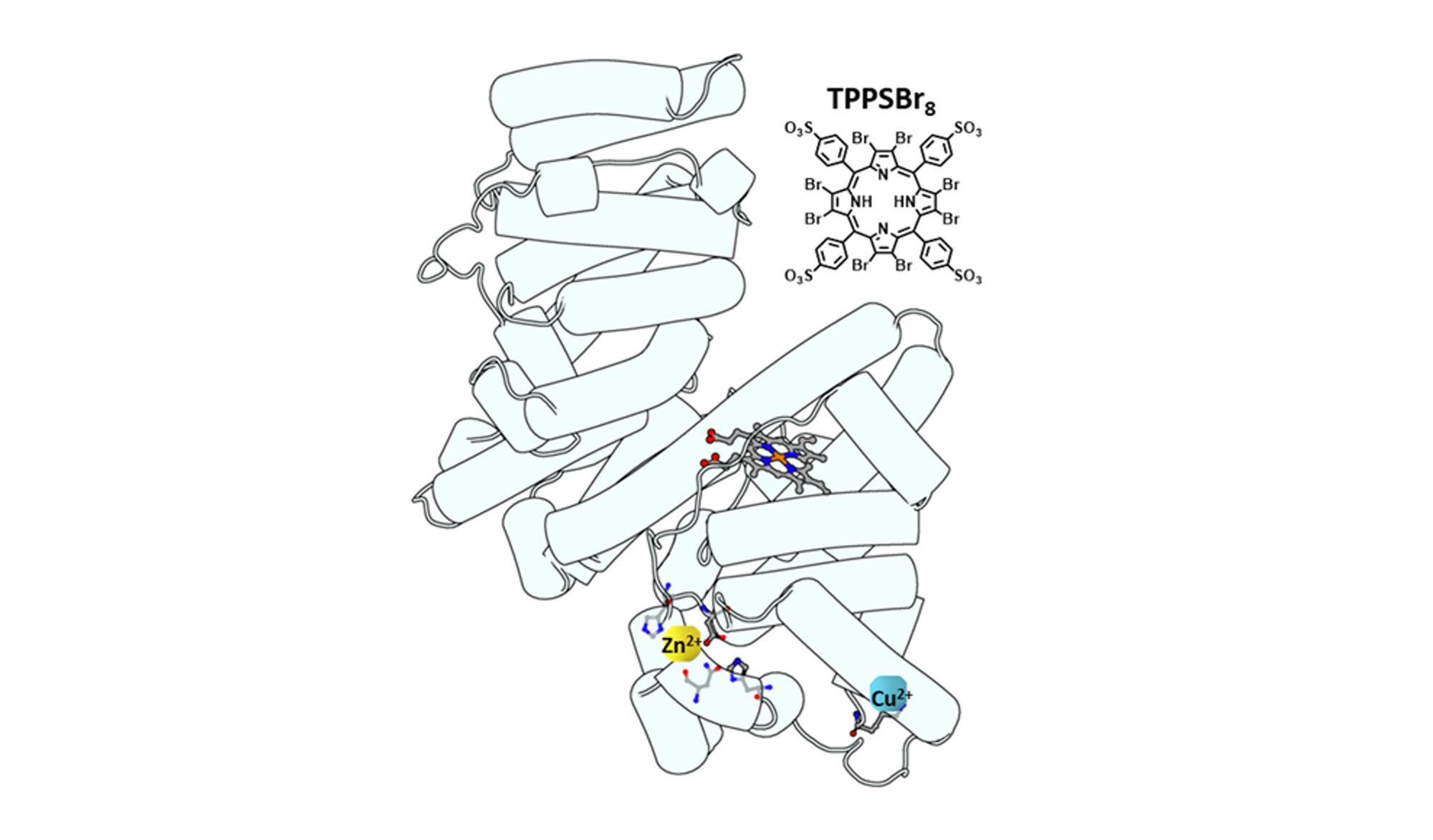New approaches for in situ activation of PDT Photosensitisers

Bachelor or Master Thesis Project
Type of Project: Experimental
Location: DIPC, Donostia / San Sebastián
Supervisor at DIPC: Carlos Sanchez Cano
carlos.sanchez@dipc.org
Photodynamic therapy (PDT) uses photosensitizers (PS), which once activated by light cause oxidative stress and trigger cell apoptosis. Anionic porphyrins are attractive PS for PDT, due to their high solubility, efficient red-light absorption and low dark toxicity. Coordination of these porphyrins to Zn²⁺ or Cu²⁺ enhances radical formation, improving their therapeutic activity. Remarkably, when those porphyrins are connected to Au NPs they are internalised by cells and seem to coordinate to Cu2+ and Zn2+ ions in lysosomes. Equally, they can chelate Zn2+ ions carried by different serum albumin (SA) proteins (e.g., human, bovine, etc). This is interesting, as albumin is the most abundant protein in blood plasma (30–50 mg/mL), and the main transporter of Zn2+ and Cu2+ in blood. This suggests that porphyrin PS can be activated in-situ in different ways once introduced in the organism.
The student will modify porphyrin PSs and study the effects over their in situ activation by metal chelation or PDT efficiency by photoirradiation.
